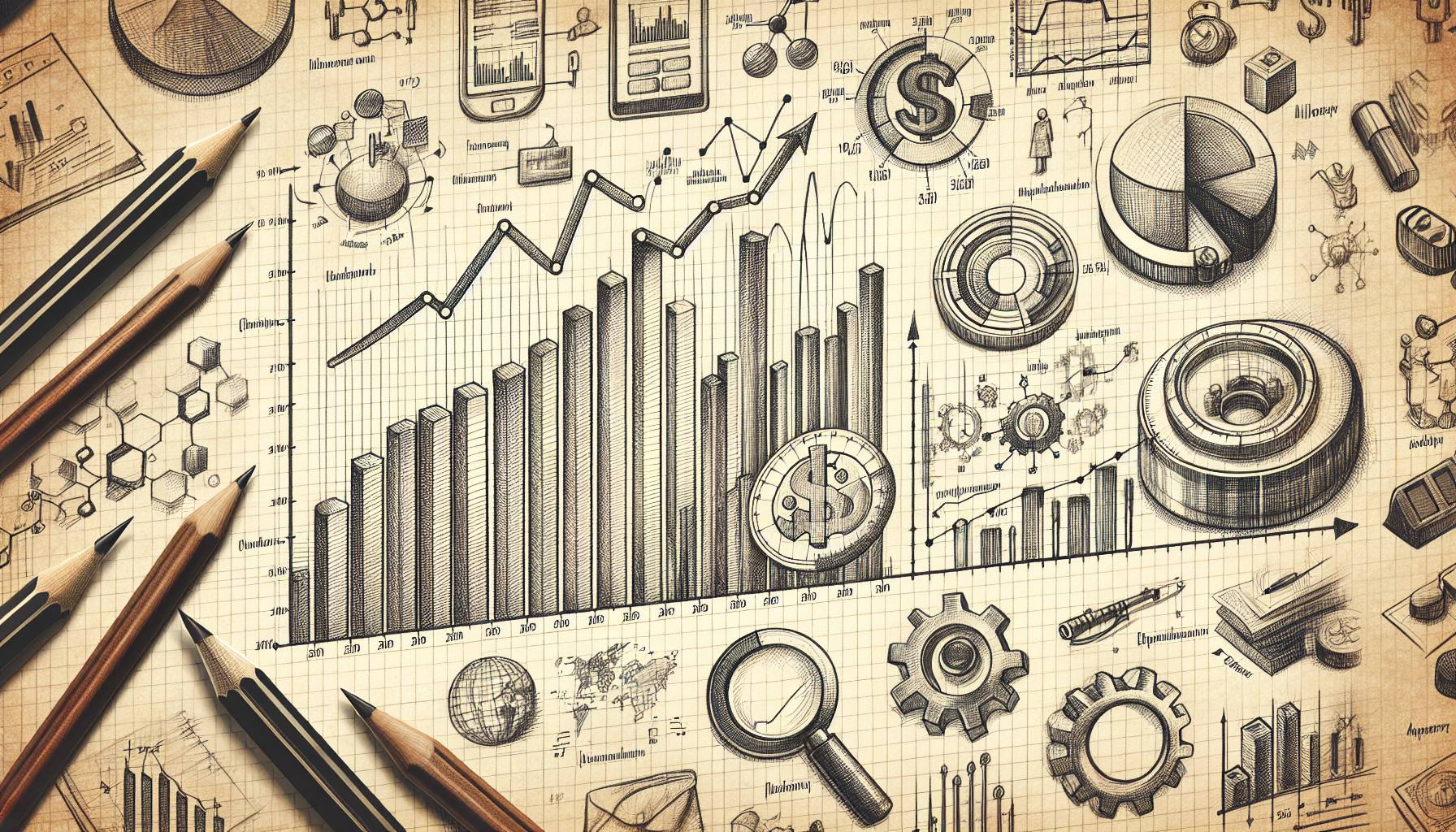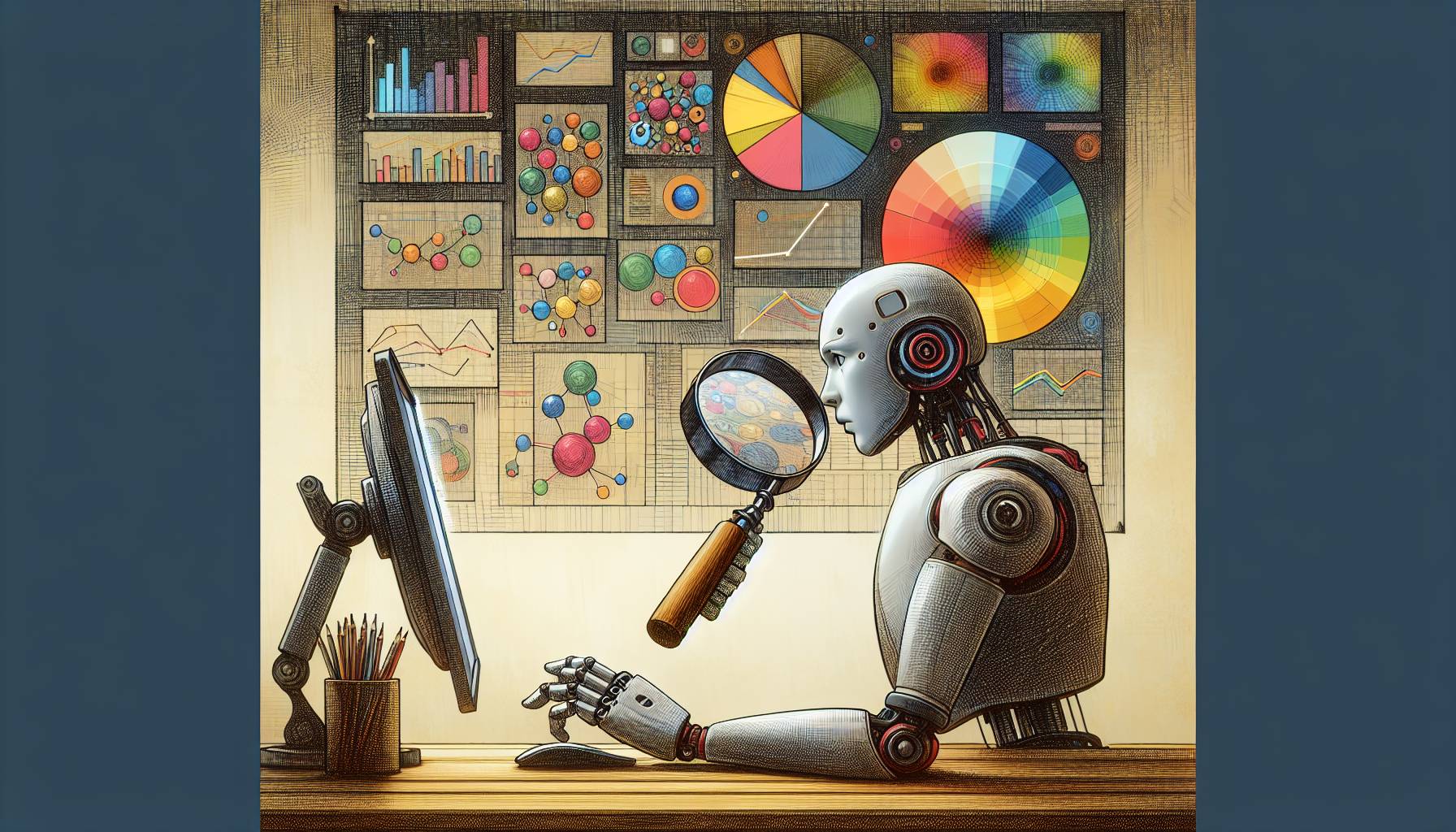Basic Info: HedonicSoft is a small software company thatcreats apps for the iPhone and iPad.
Location: Netherlands, Amsterdam
Notable apps: Download Meter – track GPRS, UMTS, EDGE, 3G, Wi-Fi traffic is our only app that has been released so far. This app allows you to track mobile internet and Wi-Fi traffic in various ways. We have other apps in development, but because of our commitment to quality and wanting to ensure our customers get the best possible product, these will be found by watching our site for upcoming releases. Due to our quality commitment, Download Meter was among the top 10 paid utilities in 39 countries.
Platforms: iPhone/iPod/iPad
Specialty genres: We prefer to create utilities that our customers will find useful and assist them in making their life easier.
Company size: We are a privately held company currently comprised of 3 people; Developer (Vladislav Kharchev), CEO and Developer (Andrew Steinberg), and Marketing Specialist (Mary Steinberg).
Short description of company: Download Meter is our most well known app and has been in the App Store for about 1 year now. We have other utility apps in development that we are excited about and can’t wait to release to our customers soon. In addition to writing our own apps, we perform custom and outsourced development. Our commitment to quality may mean less apps, but you can be assured they are of the best quality compared to others.
How did you and your firm get into the iPhone/mobile app development business?
A story caught our attention when we heard about the sales figures for the “Fart Alert” and similar joke apps 😉
After purchasing iPhones, we discovered that many apps that would be useful were not available or developed yet, so we set out by creating a utility that we thought people would find helpful, and save them money.Our first developmental candidate was a mobile internet traffic measuring app, that’s how Download Meter was born.
In your opinion, how has the iPhone and Apple’s iTunes AppStore changed the media industry?
Before the App Store, people would have to send SMSs with special codes to certain a phone number in order to purchase an application. It was rather tedious and sometimes difficult to do this. In addition, it was easy to make mistakes, and often people didn’t have enough information about the app they were interested in purchasing – all they had were a few screenshots, and no ratings or reviews of the app from other users. All these factors combined created a difficult environment for users to choose and purchase apps.
Another problem with the old system was that the carrier would charge up to 60% of the total cost of transaction causing the developer to set high prices for their app in order to cover expenses. Those high prices were discouraging and causing some users to forgo making purchases. The App Store really helped to make apps less expensive for users and created an environment where users could gather more info before purchasing the app. At the same time it increased developers’ earnings and made sales stats and payouts easier to manage for the developers.
Describe the differences between developing apps for the iPhone, iPad, and other platforms.
We are very experienced in developing Linux and Web applications. In both cases, it’s 10-20 times easier and faster to develop the app withthe same functionalty on these platforms compared to application development for iPhone and iPad. (i.e. for a user to select an item froma list, it would take 2 lines of code to implement in a Linux application (using GTK or QT library) or in web application. It takes about 50 lines of code and a lot of additional work for the iPhone. Another example is a users birthday; it takes about 1 minute to implement and test it on Linux (or as web page), again for Apple, it takes almost 3 hours to implement and test the same code for iPhone.
Besides the major increase in time for coding, the visual design of the app takes even more time due to the high quality visual standards set by other apps on the iPhone. For average desktop app, design of app interface takes no more than 20% of total time, while design for the average iPhone app takes 60-70% of total time needed in order to produce the nice-looking iPhone app. Developing for iPhone is completely different than development for desktop computers and for web servers.
What factors go into how you ultimately price your apps?
We investigated prices of other utility apps that are very useful to users as well as run projections to study how our earnings will be impacted depending on the pricing of our app. Ironically, some of our users have suggested that we raise the price for our app because it is so useful and allows the customer to save money! However, we are striving for a quality product and we want to see our customers happy and using our product as much as possible.
Describe what your dream app for the iPhone/iPad would look like.
We think that excellent, useful, popular apps that people spend a lot of time utilizing should be skinable. For example, some people might like a bright background with black text on it; while other people may like to have dark background and white text, and others may even want to change the skin on the go because the lighting has changed around them. Skinning for apps would actually be useful.
Another tool that would do well is the ability to change font size.Where some people may prefer big pictures and labels in their interface, others may wish for a more compact interface. This should also be configurable or depend on the skin.
Finally, our dream app should be fully customizable, not just in appearance, but in behavior too. So much power behind an app may scare and intimidate users from using a particular app, but after the first couple of minutes of using the app, the app interface will be greatly appreciated by users once they have adjusted to using the application.












